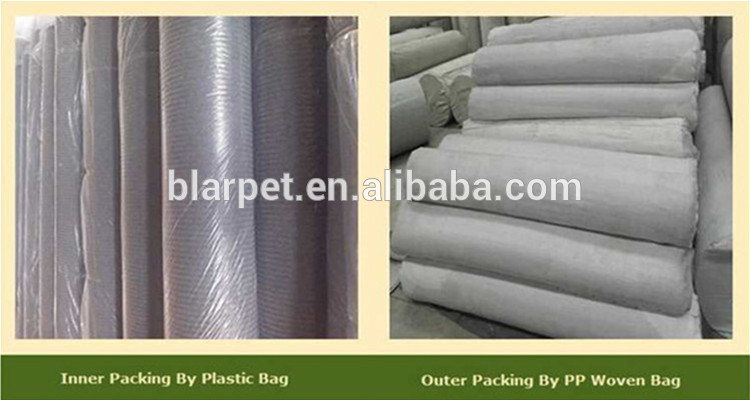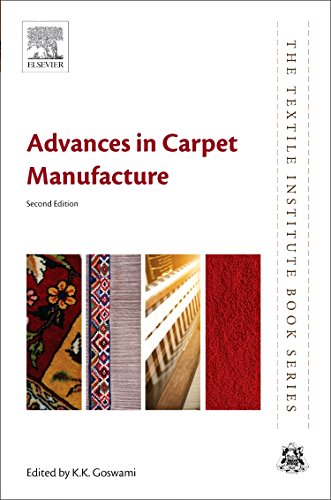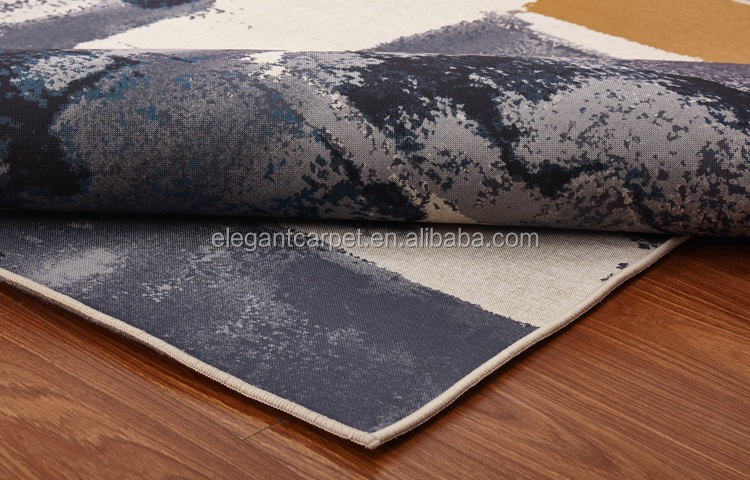Carpet Export: A Global Trade Perspective
Carpet export has become a significant aspect of global trade, with China being the leading exporter of carpets in the world. The industry has experienced significant growth in recent years, driven by increasing demand from both domestic and international markets. However, the future of carpet exports remains uncertain, with concerns over trade barriers, rising production costs, and changing consumer preferences. Despite these challenges, the global carpet export market is expected to continue to grow, driven by innovation, technology, and a focus on sustainability.
Carpets have always been more than just a decorative household item; they are a symbol of culture, tradition, and craftsmanship. From Persia to Pakistan, Afghanistan to the United States, carpets tell stories of trade, diplomacy, and art. In today's global market, carpet export is a significant aspect of international commerce, reflecting the intricate web of global trade relationships.
China, for instance, has long been a major player in the global carpet game, with its high-quality silk and woolen carpets finding their way into markets across the world. The country's carpet exports have historically been valued for their uniqueness, beauty, and durability, making them highly sought-after collector's items. However, with the changing landscape of global trade, the Chinese carpet industry has had to adapt, adopting new techniques and materials to stay competitive in the global market.

India, on the other hand, has a rich heritage in carpet making, dating back to ancient times. The country's hand-knotted silk and woolen carpets are renowned for their fine craftsmanship and intricate designs. However, modernization and industrialization have brought about changes in the Indian carpet industry as well, with many small-scale weavers being replaced by large-scale manufacturing units. Despite this, Indian carpets continue to export well, owing to their unique aesthetic appeal and high quality.
Another significant player is Pakistan, which has a thriving carpet industry that exports high-quality woolen and silk blends to markets worldwide. The country's carpets are known for their innovative designs and use of traditional motifs, giving them a distinctively Pakistani identity. However, like other countries in the region, Pakistan also faces the challenge of maintaining the authenticity and quality of its carpets in a rapidly changing global environment.

The United States, being a significant importer of carpets from Asia and elsewhere, plays a crucial role in the global carpet trade. American consumers demand high-quality yet affordable carpets, which has led to a thriving import-export trade between Asia and the US. However, the rise of synthetic fibers and mass production techniques has also altered the landscape of the American carpet market, with many consumers now preferring synthetic over natural fiber carpets.
In conclusion, carpet export is not just about selling a product; it is about preserving culture, tradition, and craftsmanship. It is about understanding global trade patterns and staying relevant in a rapidly changing world. From China to Pakistan, India to the United States, carpets continue to tell stories of trade and culture long after they have been woven.

Articles related to the knowledge points of this article:
Canada Goose Jackets: The Ultimate Winter Clothing
Title: The rise of the wearable revolution: A case study on免洗羽绒服
The Crowned King of Ties: The Iconic and Symbolic Significance of the Tie Boss
Cuff of a Down Jacket: A Fashion Focal Point
The Processing of Down Jackets
Black Tie Etiquette: A Comprehensive Guide to the Art of Dressed to Impress



